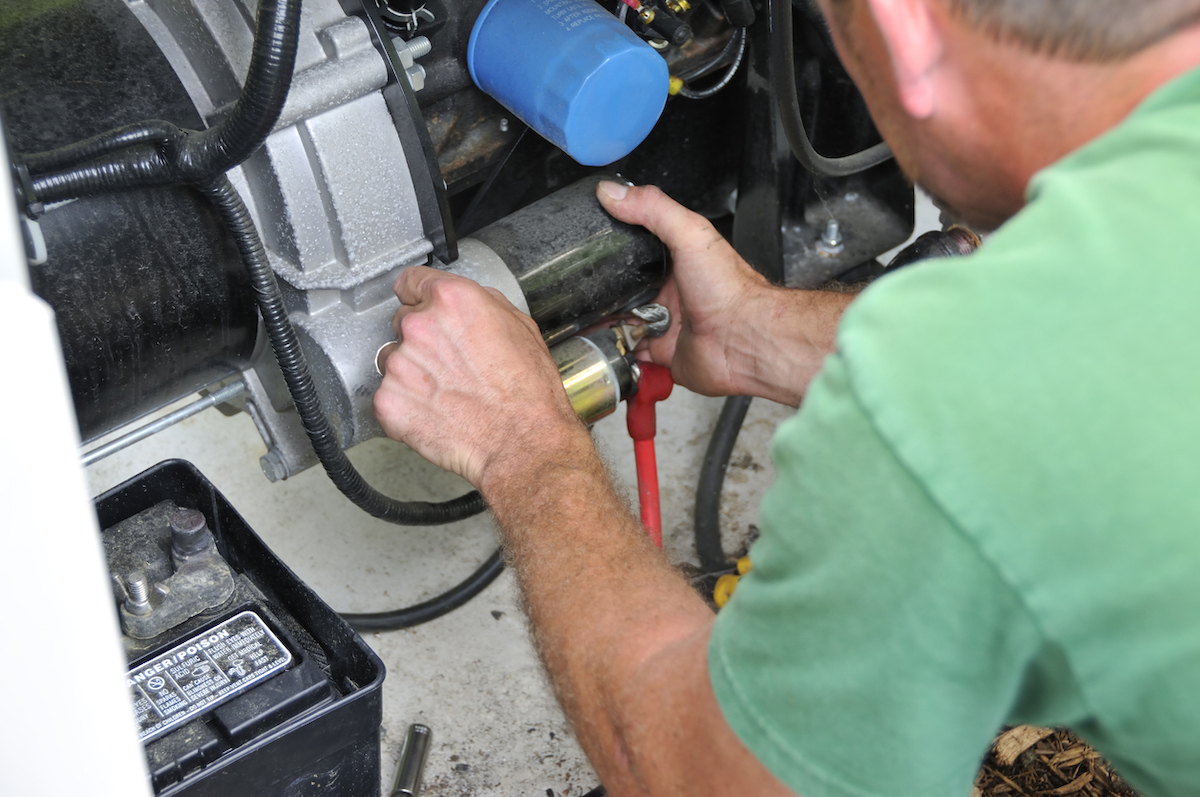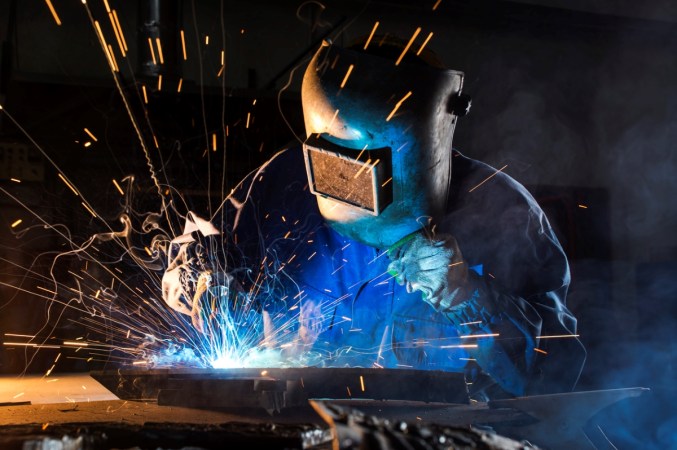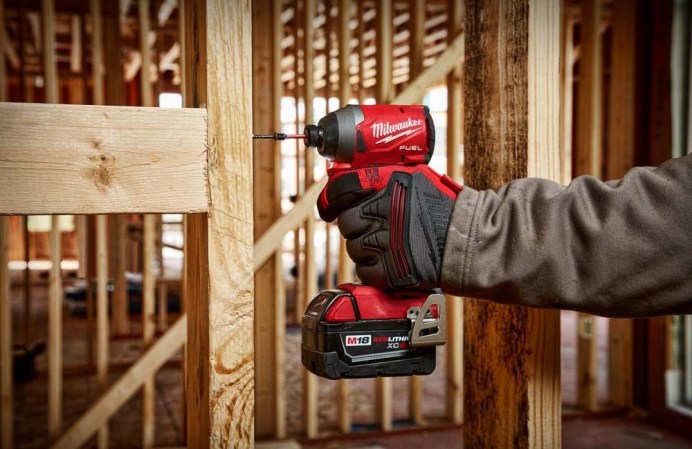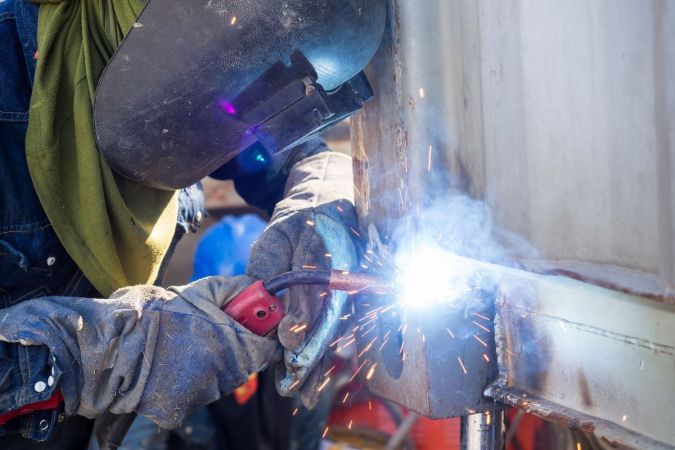We may earn revenue from the products available on this page and participate in affiliate programs. Learn More ›
After you purchase a car, grill, phone, generator, or pretty much any other product, the general assumption is that you can then do whatever you want with the item in question. Many companies, however, limit the right of the consumer to repair their products, making repairs costly and time-consuming. To combat such limitations, the Federal Trade Commission (FTC) has recently taken action against noted grill manufacturer Weber-Stephen Products LLC. The complaint against Weber stems from warranty terms on Weber products that restrict the right to repair by stating that the warranty is void if customers use or install third-party parts on their grills.
Consumers’ rights are similarly limited when manufacturers refuse to sell parts to small businesses and fledgling repair shops, or if repairs can be completed only by specific businesses that are associated with the manufacturer. Read on to discover what you and all DIYers need to know about the right to repair and gain a better understanding of the potential benefits of this movement.
What Is the Right to Repair Movement?
The right to repair movement supports government legislation that seeks to give consumers the ability to modify or repair a product that they purchased in the way in which they see fit without restrictions imposed by the manufacturer. For instance, you should be able to take your smartphone to any local phone repair shop instead of being restricted to repair shops that are licensed by or otherwise affiliated with a specific brand or manufacturer.
The first successful step forward was in 2012, when Massachusetts passed the first right to repair law for the automotive sector in the United States. Yet many companies continue to restrict consumers and businesses from repairing or modifying products as they choose. In fact, the FTC is taking action against both Harley-Davidson Motor Company Group LLC and MWE Investments LLC (manufacturer of Westinghouse-branded generators) for illegally restricting customers’ right to repair. Both companies stipulate that their warranties would be void if customers use independent dealers for parts or repairs.
Such restrictions increase the cost of repairs, increase wait times, and also increase the amount of e-waste generated. Additionally, the FTC notes that the higher repair costs disproportionately burden lower-income households and communities of color, a burden that has only been exacerbated by the heavy reliance on technology during the pandemic.
RELATED: 9 Things to Repair in Your Home Before It’s Too Late

Potential Benefits of the Right to Repair
In 2019 the FTC convened a workshop to address the right to repair and then put together a report to Congress entitled “Nixing the Fix.” This report includes a detailed breakdown of the benefits of the right to repair movement as well as specific statistics and references to back up these assertions. Issues that the report highlights include the impact that these restrictions have on the timing and price of repairs, the health of small businesses, and the environment.
The report contends that lifting consumer and business restrictions on repairs increases competition in the repair market, leading to lower repair costs. As well, an increase in the number of repair businesses results in a decrease in the amount of time that a consumer would need to wait for a repair to be completed. Keep in mind that repair restrictions are imposed not only on individuals. The restrictions put in place by product manufacturers affect commercial businesses and even the military.
Additionally, by gatekeeping replacement parts, repair manuals, and specific tools necessary for modification or repair, manufacturers are contributing to the nation’s growing problem of e-waste, because devices and accessories are being thrown out and replaced instead of repaired. These restrictions also negatively impact independent repair shops and workers by limiting the ability of these businesses to compete with the original equipment manufacturers (OEMs) and authorized repair providers.

RELATED: 50 Products for Quick Fixers Around the House
Reasons for Repair Restrictions, According to Manufacturers
The “Nixing the Fix” report by the FTC not only states the views of right to repair movement supporters, but it also explains why manufacturers believe repair restrictions are necessary. One factor frequently cited is the need to protect intellectual property. According to manufacturers, if they provide individuals or independent repair shops with access to information, parts, tools, and equipment, this could significantly increase the risk of technology piracy and could also expose sensitive customer data on phones, tablets, computers, and even automobile GPS to untrustworthy sources.
Manufacturers also argue that repair restrictions are intended to protect workers from attempting ill-advised repairs with limited knowledge, which could result in personal injury or property damage. While no empirical evidence was provided, manufacturers contend that these situations could lead to liability claims and reputational harm.
Similarly, OEMs and industry trade groups that represent the OEMs assert that some physical restrictions that make repair more difficult—for instance, components that are glued instead of mechanically fastened—are the result of consumer demand for smaller or lighter products. The right to repair would place design restrictions on the manufacturers, forcing them to create products that are more accessible for DIY or independent repairs.
Finally, manufacturers call into question the quality of the repairs performed by unauthorized repair facilities and independent repair shops. OEMs claim that authorized repair facilities provide superior service, although the support for this argument is largely anecdotal.
RELATED: 11 Easy DIY Fixes for Annoying House Problems

What’s Ahead for the Right to Repair Movement?
The future of the right to repair movement is looking bright as steps continue to be taken against companies and OEMs in an effort to enforce the right of consumers and independent businesses to repair or modify products. FTC rule makers or law enforcement officials can increase the extent to which existing requirements under the Magnuson-Moss Warranty Act are enforced, declare certain types of repair restrictions illegal, or pursue a rulemaking under the FTC Act.
Industry self-regulation is an option, although the broad range of industries and products involved can make it challenging to create a single self-regulatory scheme. Yet the auto industry has proven that it’s possible for an entire manufacturing sector to successfully create and implement a self-regulatory system. It should be noted, however, that this came about only after Massachusetts passed the first right to repair law for the automotive sector in the United States.
Recent sector-specific gains have been promising. In April Gov. Jared Polis of Colorado signed into law the aptly titled Consumer Right to Repair Agricultural Equipment Act. This law gives farmers the ability to repair their equipment without having to go through the manufacturer or authorized dealers. As of January 1, 2024, manufacturers of agricultural equipment will be required to provide independent repair shops in Colorado with the parts, software, and documentation necessary to facilitate repairs. Although Colorado’s bill faced opposition from manufacturers concerned about protection of trade secrets and the potential for unsafe repairs, the legislature passed it handily on April 12, 2023.
While Colorado is the first state to enact an agricultural right to repair law, other states are eager to follow suit. The right to repair is of particular concern to farmers: When a tractor breaks down, a farmer can lose precious days waiting for an authorized servicer—days that could mean the difference between a successful harvest and a significant loss. In response to farmers’ frustrations, 15 other states have introduced or are considering agricultural right to repair bills. A bill was even introduced at the federal level in 2022 but did not gain traction.
Beyond the agricultural industry, the movement continues to make inroads. Rhode Island, Indiana, and California already have limited right to repair laws, and right to repair bills have been introduced in at least 20 state legislatures, so state-specific right to repair laws could be a potential way forward. Existing laws here and abroad could provide some guidance. For instance, to limit safety risks, the EU right to repair laws differentiate between repairs that can be commonly performed by the average DIYer and repairs that should be handled only by professionals.
The FTC hopes that this movement leads to greater consumer awareness of repair restrictions and their effects, because customers usually are not provided with information about repairability at point of purchase. One possible remedy for this is the creation of a repairability score or rating, which would require manufacturers to provide a basic estimate of a product’s repairability so consumers could make an informed decision before purchase.









